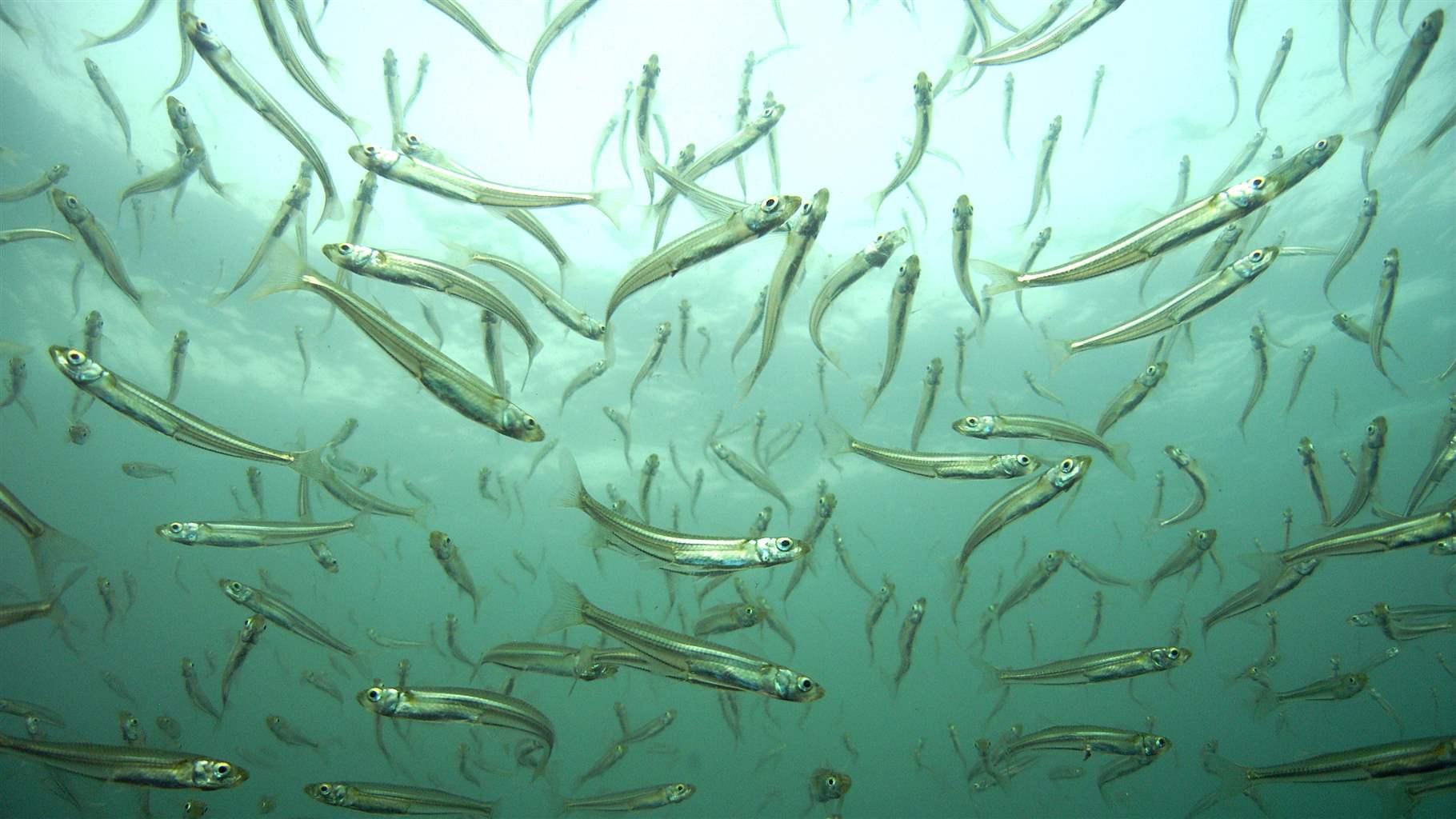Main U.S. Fisheries Law on Track for Overdue Improvements
Draft bill updating Magnuson-Stevens Act emphasizes science-based conservation

Buried in the unprecedented news cycle of the past month was a story that could deeply affect conservation in U.S. ocean waters: In December, Representatives Jared Huffman (D-CA) and Ed Case (D-HI), released draft legislation for the next reauthorization of the Magnuson-Stevens Fishery Conservation and Management Act (MSA), the bedrock law governing management of our country’s marine fisheries. The draft is available for public comment, which could lead to changes before it is introduced as a bill.
The MSA was enacted in 1976 to phase out foreign fishing activity in U.S. waters and encourage the expansion of the American fishing industry. Updates to the law in 1996 and 2007, both with bipartisan support, included needed conservation provisions, such as measures to rebuild overfished populations on science-based timelines and prevent overfishing through the setting of annual catch limits.
Over the years, many stakeholders, including The Pew Charitable Trusts, advocated for conservation requirements that eventually became part of the law. These provisions, implemented with support from commercial and recreational fishermen, have proved successful. For instance, since 2000, nearly 40 fish species have been rebuilt from low population levels—and have stayed near or above the minimum numbers that scientists said are needed for the stocks to remain productive.
But managers still have more to do. The MSA required an end to overfishing, but it still occurs far too often, and in some cases is increasing. For the fish stocks with a known population level, almost 1 in 5 is far below the target level. And some marine animals that are highly vulnerable to fishing pressure and other stressors have not rebounded to the levels required under the Endangered Species Act and other laws. Moreover, the entire ocean is under stress from climate change—which is driving increases in water temperatures and acidity—and from pollution and increasing global demand for seafood. All of these factors are affecting the abundance and location of many species. The stakes of these changes are high: U.S. marine ecosystems provide millions of Americans with food, jobs, security, and recreation, and are important to the cultural identity of many communities.
Historically, Congress has reauthorized the MSA every decade, but it has been more than 14 years since the last update. Recognizing the need to revisit the law, Rep. Huffman recently undertook a year-long listening tour across the country to hear from the diverse stakeholders in U.S. ocean and fisheries management and to assess the needs for an MSA update. Among the issues raised in these sessions were the impacts of climate change on our oceans, equitable access to sustainable seafood, fisheries management shortfalls, and how to build upon the MSA’s success. The draft bill reflects much of that feedback, including input from Pew, which participated in those discussions.
The draft safeguards the core conservation provisions of the law, which are critical to preserving the significant but fragile progress the U.S. has made in fisheries management. In some ways, such as by requiring that rebuilding plans make steady progress toward their goals, the bill would improve existing law.
The draft bill makes other consequential changes to the MSA with an eye toward addressing myriad new and emerging management issues, such as the impact on fisheries from changing ocean conditions. The proposal also seeks to improve data collection and monitoring, increase transparency around how fisheries management decisions are made, and provide additional opportunities for public engagement and support fishing communities. Further, the bill would enhance the implementation of ecosystem-based fisheries management (EBFM) an approach that Pew has long championed before the U.S. regional fishery management councils.
EBFM reflects the interconnectedness between humans, ocean wildlife, and habitat. In practice, EBFM means conserving forage fish such as anchovy, river herring, and shad that are prey for a host of species targeted by commercial fishers and anglers, and for seabirds, dolphins and whales; reducing bycatch (the catching of non-target species); increasing protections of vulnerable marine habitats like deep sea corals and fish spawning sites; and ensuring sound stewardship of new fisheries from their onset.
Fishery management councils have taken meaningful action on EBFM issues but often in a discretionary and patchwork way. These management principles are critical for ocean ecosystems—and for humans, as we all rely to some extent on a healthy marine environment. Including EBFM in the MSA would promote its more widespread adoption around the world, with far-reaching benefits.
With a new Congress and new administration starting work in Washington, this discussion draft provides a solid starting point for updating the MSA to cement the progress made so far and accelerate momentum going forward.
Rep. Huffman is collecting comments through Jan. 31 on the discussion draft. Please join us in supporting a science-based, conservation-minded future for our oceans and fisheries management.
Joseph Gordon is a project director for the U.S. East Coast and Holly Binns is a project director for the Gulf of Mexico and the U.S. Caribbean with The Pew Charitable Trusts’ conserving marine life in the United State project.












